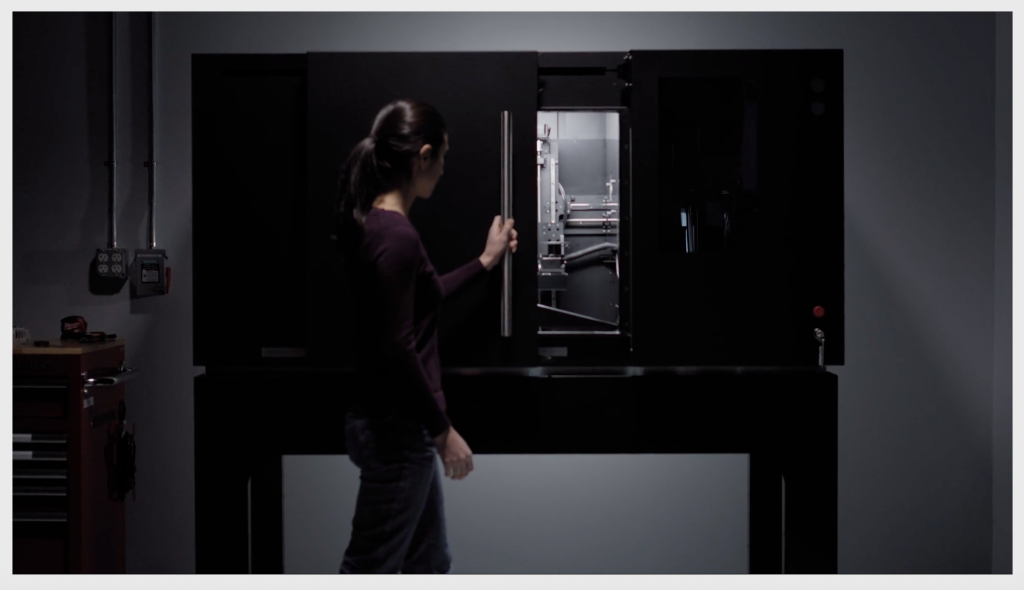
Lumafield’s Neptune CT scanner provides 3D views of the interior of products, enabling engineers to see any cracks or flaws. (Source: Lumafield)
Lumafield’s X-Ray Vision Brings Powerful Technology to Smaller Firms for the First Time
It’s been the stuff of comic books since at least the 1950s, but by using AI and computed tomography (CT), Lumafield has made X-ray vision a reality.
According to a story on VentureBeat.com, the Cambridge, MA-based company announced its technology on April 13 after keeping it under wraps for several years. Lumafield has raised $32.5 million in two rounds from investors since 2019. The company expects engineers will use its X-ray vision to access data on design integrity for products, “from tennis shoes to manufacturing equipment” by seeing inside them and finding flaws in “a non-destructive way.”
An investor in Lumafield said this would democratize the ability to scan items for testing that only giant corporations could access in the past.
“When we were developing the iPod and iPhone, we relied on X-ray CT scanning,” said Tony Fadell, the inventor of the iPod and founder of Nest. “In those days we had to use outside services to get these expensive scans and wait days for results. Even today this critical tool is only accessible to giant companies. But that’s going to change quickly: Lumafield puts these insanely powerful tools on engineers’ workbenches around the world.”
The significance of the technology can’t be overstated when it comes to developing products that run the gamut from cars to medical equipment. Failure can be costly and damaging for a company. The system costs $3,000 or less per month to use.
“Every day, engineers make design and manufacturing decisions that put millions of dollars at stake,” the writer of the VentureBeat story explains. A single leaky seal, weak solder joint or failure-prone casting can mean the difference between a successful product and a costly recall – or reputational destruction. Even as the manufacturing world has digitized and become more sophisticated, the tools that front-line engineers rely on to identify these problems, like saws, calipers and magnifying glasses, have remained stuck in the 19th century.”
read more at venturebeat.com







Leave A Comment